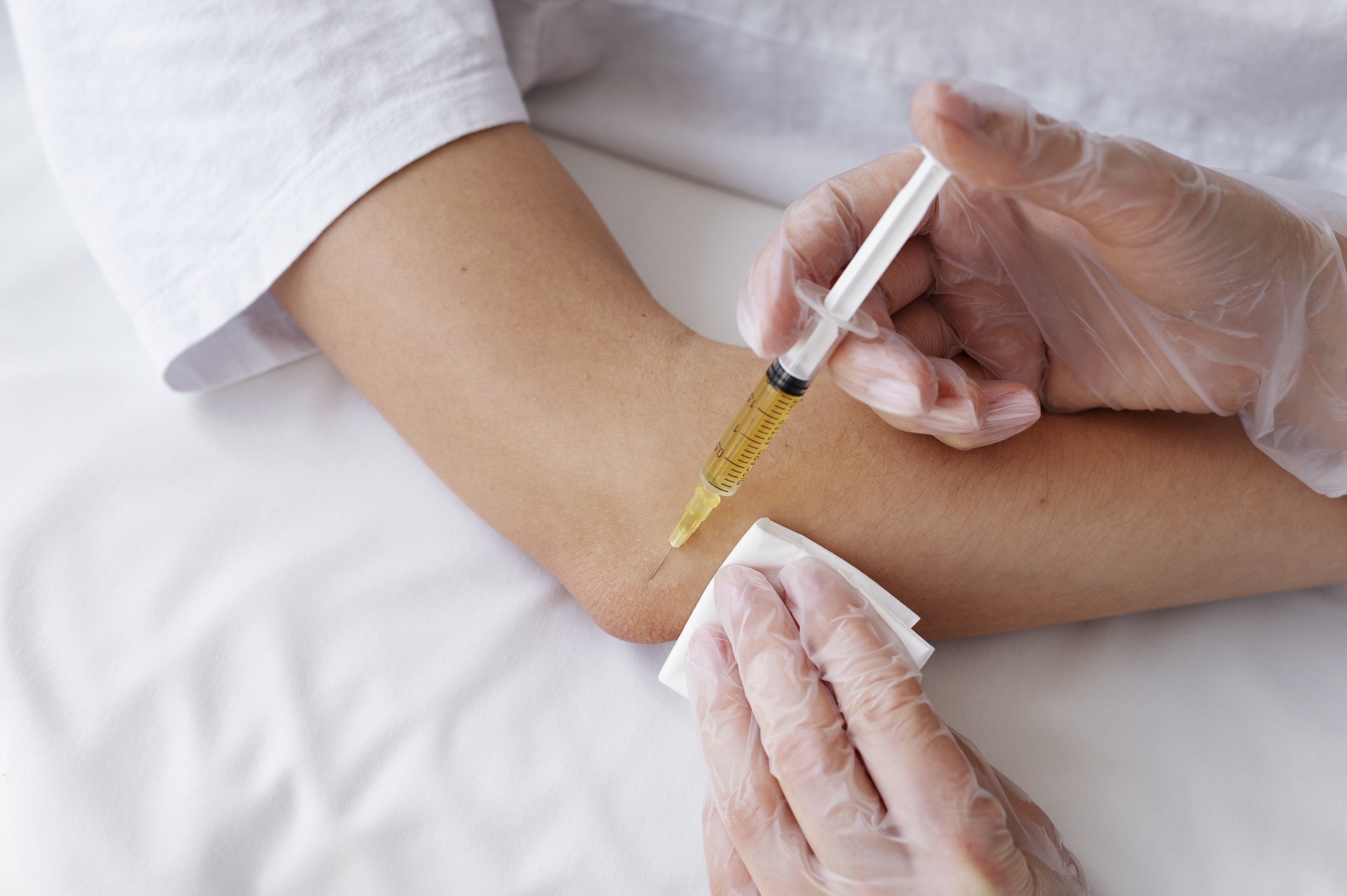Platelet-Rich Plasma: The Future of Regenerative Medicine
Joint pain and injuries are common, affecting people of all ages. Whether due to overuse, age-related degeneration, or sports injuries, these conditions often reduce mobility and disrupt daily life. Traditional treatments like physical therapy or surgery can help, but a growing number of patients are turning to regenerative therapies. Among these, Platelet-Rich Plasma (PRP) therapy is gaining recognition as a science-backed, natural solution within the realm of holistic healthcare.
What is PRP and How Does It Work?
PRP therapy uses components from your own blood to stimulate healing. A small blood sample is taken, then spun in a centrifuge to isolate the platelet-rich plasma. This plasma contains high concentrations of growth factors and cytokines, which are then injected into the affected joint or injury site. These growth factors accelerate tissue repair and decrease inflammation—supporting both physical health and long-term joint function.
The Science Supporting PRP for Joint Pain
The regenerative capacity of PRP has been supported by a growing body of research. It works by encouraging the body to repair itself—naturally. Growth factors in PRP activate local stem cells, improve blood flow, and stimulate the rebuilding of tissue. In conditions like osteoarthritis, PRP may slow the progression of degeneration while managing pain and stiffness. For soft tissue injuries like tendonitis or ligament sprains, PRP can help restore strength and flexibility.
In a recent study, PRP injections provided measurable improvement in knee osteoarthritis symptoms over time, including pain reduction and increased joint function (Journal of Orthopaedic Surgery and Research).
Why Patients Choose PRP Over Traditional Approaches
1. Natural, Holistic Approach
PRP supports the body’s natural healing mechanisms. For individuals seeking non-pharmaceutical, non-surgical options aligned with holistic health and wellness, PRP is a logical choice. There are no synthetic drugs or foreign substances involved.
2. Minimally Invasive with Low Risk
Since the injection uses your own blood components, risk of allergic reaction or infection is low. The entire process is completed in a single outpatient visit. Compared to surgery or long-term medications, PRP is simple and low-risk.
3. May Delay or Prevent Surgery
Some patients are able to postpone or avoid joint replacement by using PRP to manage pain and promote regeneration. A cost-benefit analysis from the Cleveland Clinic showed that PRP may be a financially viable alternative to surgery for certain patients (Cleveland Clinic: Are PRP Injections a Cost-Effective Alternative to Knee Replacement?).
Common Joint Conditions Treated with PRP
PRP has demonstrated benefits in treating a range of joint-related and orthopedic conditions. These include:
Osteoarthritis: PRP has been studied for its effect on pain and mobility in arthritic knees and hips. In mild to moderate cases, it may slow cartilage breakdown and promote improved function (Cleveland Clinic: Hip Arthritis).
Tendon Injuries: PRP injections can be used to treat tendinitis, tennis elbow, and plantar fasciitis, often helping where rest and physical therapy alone are not enough .
Rotator Cuff and Ligament Tears: PRP is often used as an adjunct to surgery or rehab for rotator cuff injuries and ACL sprains to accelerate tissue healing.
What to Expect During PRP Therapy
The PRP process is relatively quick:
A blood sample is drawn from your arm.
The sample is placed in a centrifuge to isolate platelets.
The PRP is injected directly into the injured area, guided by ultrasound if needed.
Patients are typically advised to rest the area for 24–48 hours, followed by gradual return to activity.
Mild soreness or swelling is common after injection, but side effects are usually minimal. Patients often report improved mobility and decreased pain within a few weeks.
The Role of PRP in Holistic Healthcare
At Saffron & Sage, PRP is integrated into a broader spectrum of holistic healthcare services. This includes massage therapy, acupuncture, functional medicine, and somatic coaching—all working together to restore balance, strengthen physical health, and support the body’s healing capacity.
Rather than treating symptoms in isolation, PRP fits into a therapeutic model that sees the body as interconnected. For clients experiencing chronic joint pain, it offers a science-based option rooted in the body’s wisdom. Combined with other wellness and therapy modalities, PRP empowers clients to heal from the inside out.
Discover PRP Therapy at Saffron & Sage
If you are suffering from joint pain or a recent injury and want to avoid surgery or chronic pain medications, PRP may be a viable option. At Saffron & Sage, our care team assesses your full health history and goals to determine whether PRP fits into your personalized healing plan.
We approach joint care with a commitment to long-term wellness, physical health, and sustainable outcomes—not quick fixes.
Ready to Heal Naturally?
Explore how PRP therapy and holistic health services can support your recovery. Whether you're managing chronic pain or rehabbing a recent injury, our integrative team is here to help.
Call us at 619-933-2340 to learn more and book an appointment.Regain mobility. Reduce pain. Heal from within.

